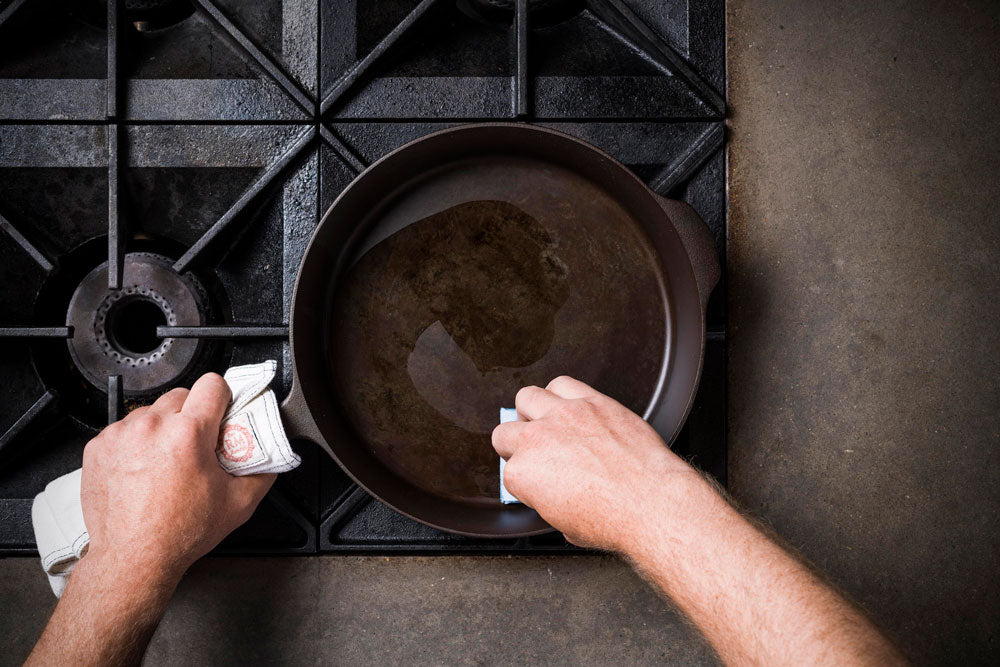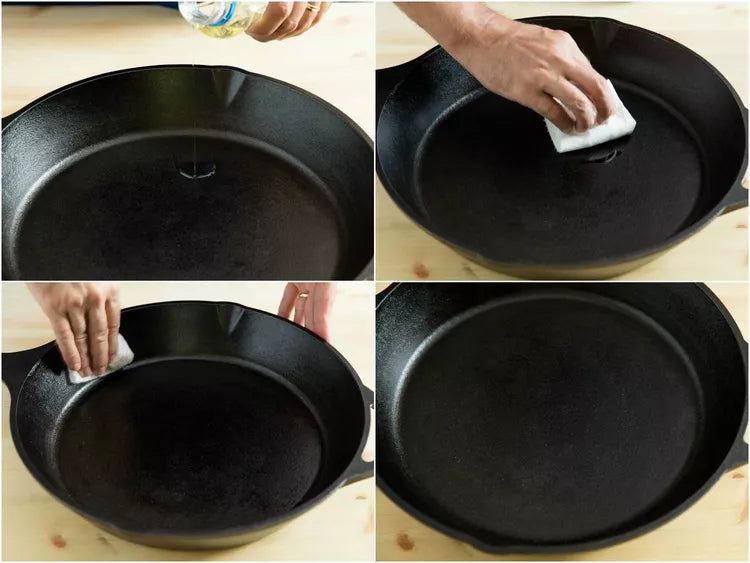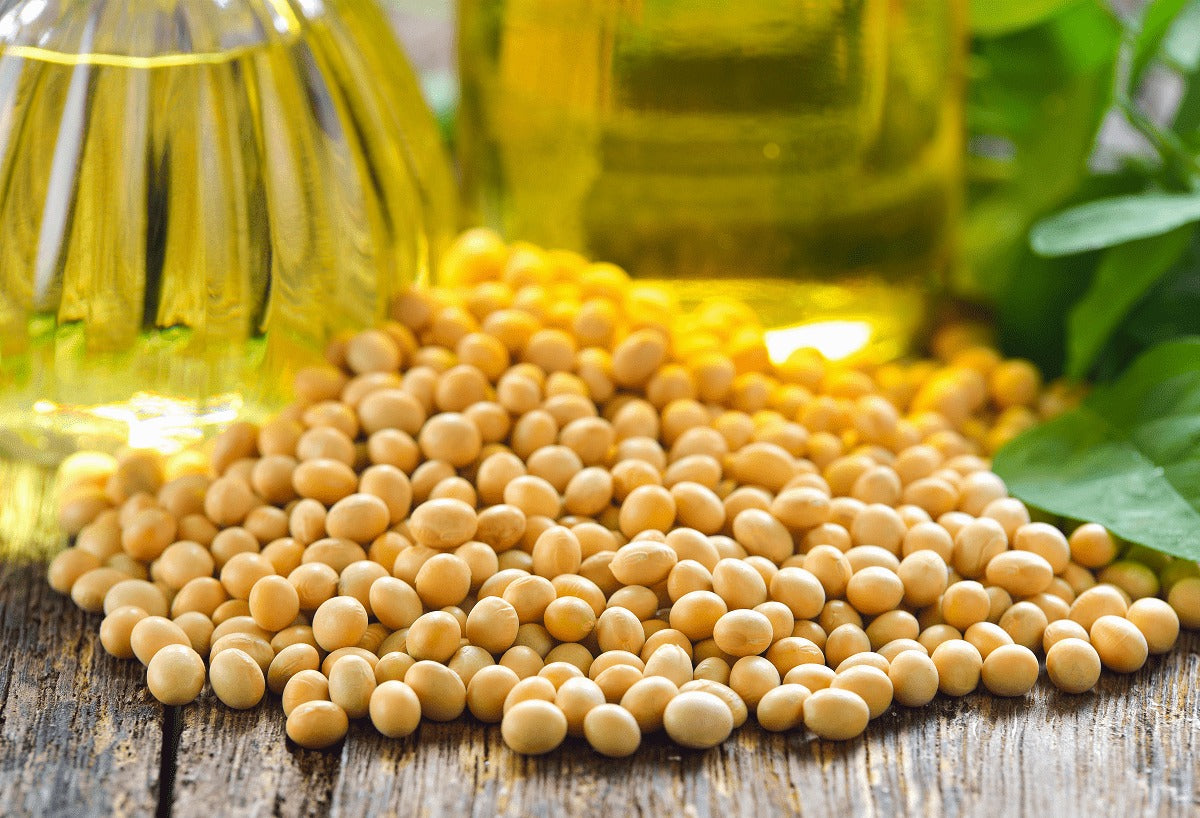When it comes to maintaining your cast iron cookware, the essential question on every chef's mind is: how long to put cast iron in oven for seasoning? This process not only enhances the cooking surface of your cookware but ensures that it lasts for generations. Seasoning cast iron is critical, especially for kitchen professionals who rely on their tools for daily use.
To get started, its important to understand that seasoning involves applying a thin layer of oil and baking it at a high temperature to create a non-stick surface. Following correct timing and temperature guidelines will yield the best results, maximizing the effectiveness of your cast iron.

Understanding Cast Iron Seasoning
Seasoning is the process of applying oil to the surface of cast iron and then heating it to create a polymerized layer that protects the metal and creates a non-stick surface. The right seasoning technique transforms a porous piece of raw cast iron into a cooking workhorse. With proper maintenance, cast iron can be passed down, much like family heirlooms.
What You Need for Seasoning
- Cast iron pan or skillet
- Neutral cooking oil (such as grapeseed oil or sunflower oil)
- Paper towels
- Oven
How Long Do You Need to Season Cast Iron?
Generally, the recommended time for seasoning cast iron in an oven is around one hour at a temperature of about 450F (232C). However, this varies based on the technique and the thickness of the oil layer. Seasoning should be done in an oven to evenly distribute heat, allowing for optimal results.
Before placing your cast iron in the oven, make sure to prepare it by washing it using warm, soapy water to remove any residue from previous uses. After cleaning, dry it completely with a towel.
Steps to Properly Season Cast Iron
- Preheat the oven to 450F (232C).
- Wash your cast iron skillet with warm, soapy water.
- Thoroughly dry your pan using a clean towel.
- Apply a thin layer of neutral oil to the entire surface using paper towels.
- Place the skillet upside down on the top rack of the oven.
- Place a baking sheet on the lower rack to catch drips.
- Bake for one hour, then turn off the oven and let the skillet cool inside.
Why Timing Matters
The timing of seasoning cast iron is just as important as the temperature. If you do not allow sufficient time in the oven, the oil will not properly bond with the cast iron. Alternatively, exceeding the time can result in a sticky finish instead of a smooth and effective layer. For kitchen professionals, mastering this technique is critical to the productivity and quality of your cooking.
Common Mistakes to Avoid
- Using too much oil can lead to a sticky surface.
- Not preheating the oven sufficiently will cause an ineffective seasoning.
- Failing to dry the cast iron properly can result in rust.
Additional Tips for Best Practice
It's advisable to season your cast iron cookware regularly based on usage, especially if you use it for high-acid foods like tomatoes or citrus. Moreover, if you notice any rust spots or a dull surface, its a sign that its time to season your cookware again.
For more detailed information on the importance of seasoning, check out this guide. Additionally, if you're interested in understanding various types of oils suitable for seasoning, refer to our oil selection guide.

Frequently Asked Questions
How often should I season my cast iron?
It varies by use. A light seasoning every few months is generally sufficient for regular usage.
What's the best oil for seasoning cast iron?
Neutral oils such as canola, vegetable, or grapeseed oil are recommended due to their high smoke points.
Can I use my cast iron right after seasoning?
Yes, but its advisable to allow your cast iron to cool completely before cooking in it to prevent sticking.
As an Amazon Associate, I earn from qualifying purchases.






Leave a comment
This site is protected by hCaptcha and the hCaptcha Privacy Policy and Terms of Service apply.